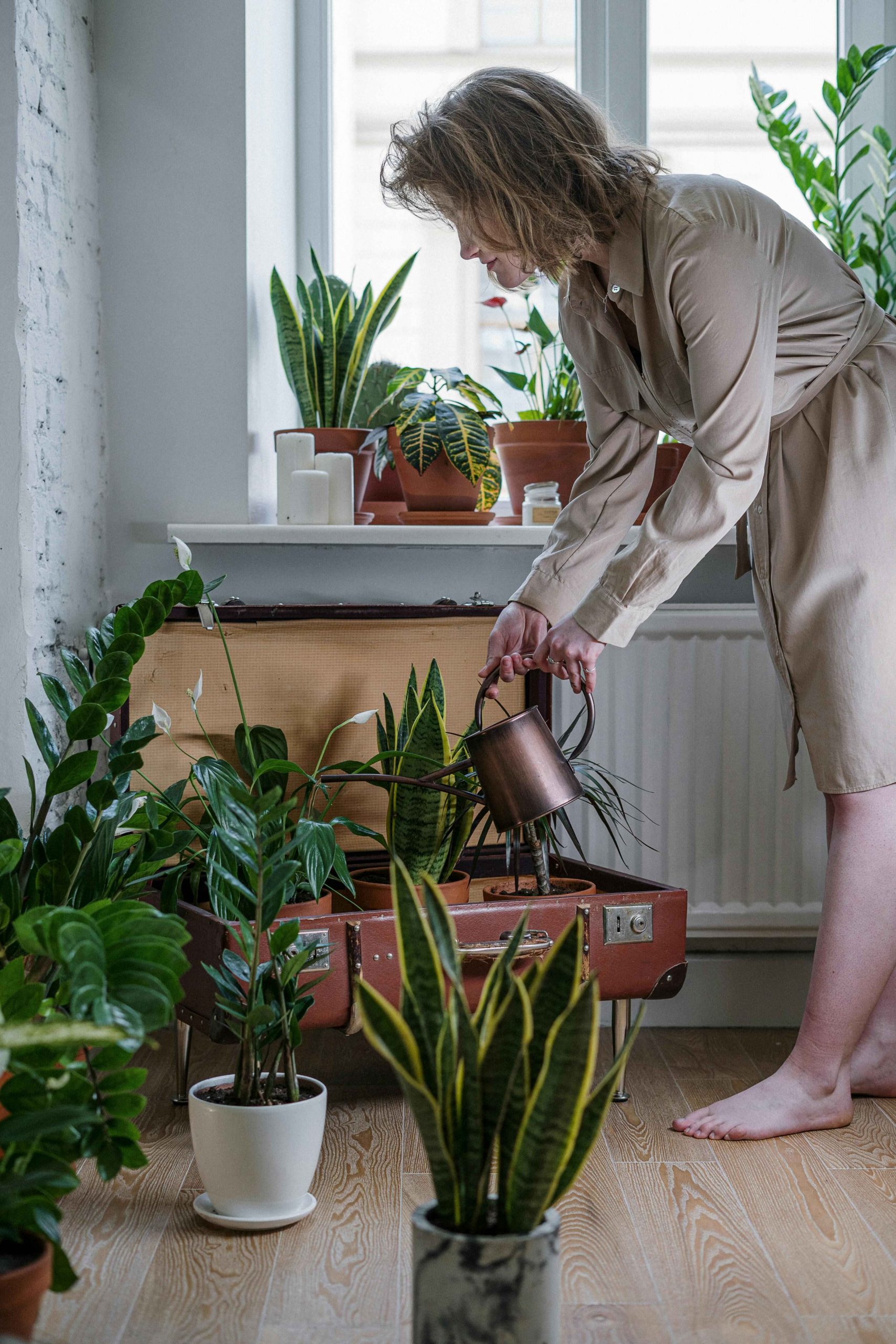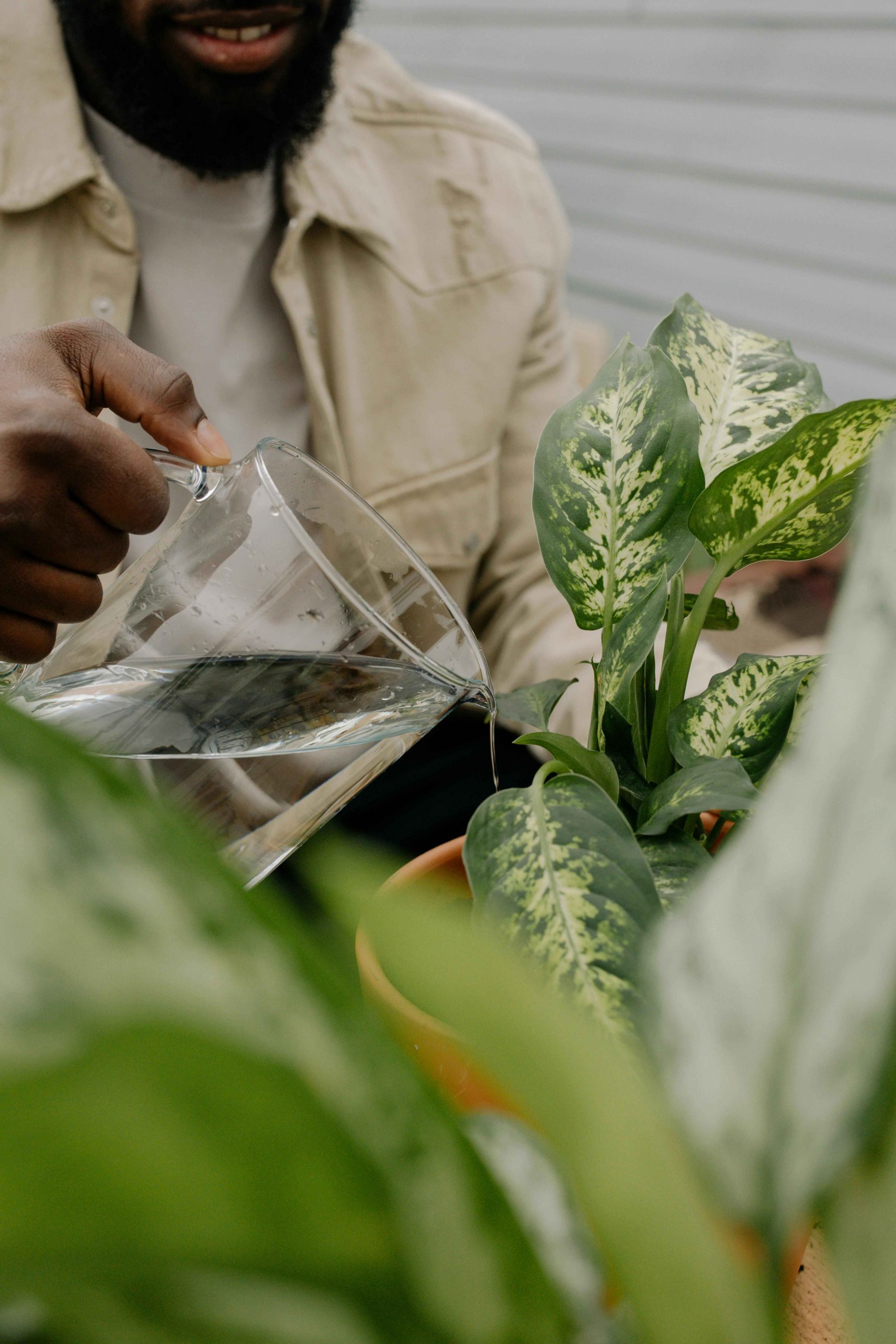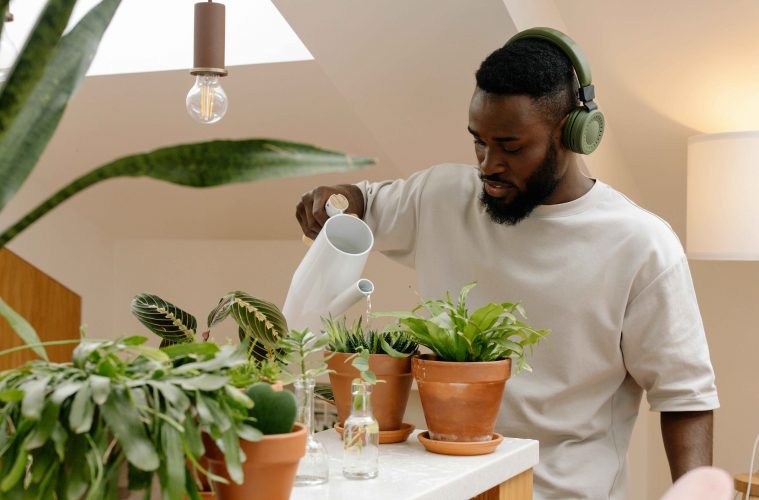All houseplants are different and need different watering schedules. The correct and ideal watering schedule for your precious houseplant is necessary. However, certain houseplants have gained popularity for being less needy than others when it comes to watering.
Your houseplants will show signs if they aren’t getting enough water. If you notice regular leaf drop and that your plant’s soil is often on the drier side, you may need to adjust your watering schedule to a more regular basis. There are also numerous ways your plants try to communicate and let you know they are parched.
Ways to water your plants
Proper watering is important, especially during those hot summer months. It is paramount that watering is regular, deep and effective to save your plants. However, overwatering can lurk in the shadows and is the most efficient way of killing off your houseplants. With these simple ways, you can water your houseplants effectively:
Treat your plants to a bath wash
Gather your plants and place them in the bath with a few centimetres of water, allowing them to soak for a few minutes. This will give them a chance to absorb as much water as possible. You can also give them a gentle shower using a handheld showerhead, which will help wash away any accumulated dust and assist in saturating the soil. After soaking, be sure to let your plants drain well before returning them to their original spots.

Image Credit: Pexels
Bottom-Up watering
This is another great alternative way of making sure your plants get enough water into the soil, as well as an extra boost of oxygen. Use chopsticks to pierce the soil, creating little furrows that will allow the water to penetrate deeply into the soil. Be sure to add water evenly over the surface of the plant’s soil and watch until it starts to seep out of the bottom into your drip tray. Your houseplant will draw up quite a bit of the water. Be sure to discard any excess water.

Image Credit: Pexels
Take the time to notice your houseplants and spend a little time observing what works for them. This will not only benefit you but will help you notice any issue that creeps up and will assist you in rectifying those before it is too late.
ALSO SEE: TIPS FOR PROTECTING YOUR HOUSEPLANTS DURING A COLD FRONT
Feature Image: Pexels

